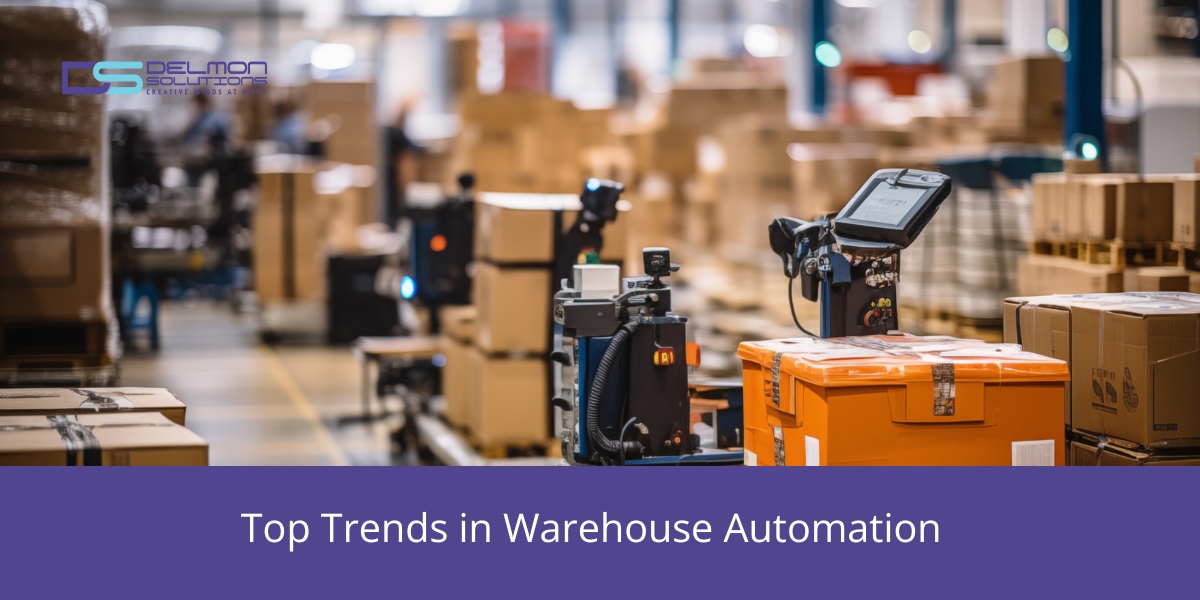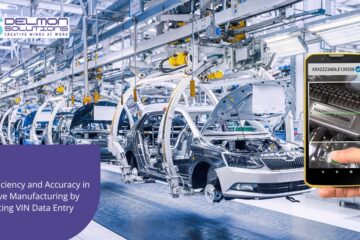Warehouse efficiency is associated with an organization’s success. However, labor shortages affect companies, but accurate order fulfillment is always in demand. This has increased pressure for effective automation at the warehouse level. To power this automation, there are various technologies that are in trend in 2025. These changes will enable the warehouses to operate with greater efficiency and accuracy at lower costs.
Warehouse Management Systems
These systems conduct the complex inventory tracking, order fulfillment, and material handling ballet. It is a set of complex software programs designed to manage daily operations inside the warehouse.
WMS solutions consider various sets of things. It includes giving real-time insights about inventory levels, optimizing picking & packing routes, and scheduling of material movement via automated equipment.
Collaborative Robots
Cobots or collaborative robots are a much greater help in warehouse activities. They help in fine packing, palletizing, quality inspection and order picking. They have rapidity, strength, and precision. These robotic helpers raise the overall working efficiency. Thus, humans can work in activities that add value through problem-solving, creativity, and strategic decision-making.
Autonomous Guided Vehicles and Autonomous Mobile Robots
Automated Guided Vehicles (AGVs) and Autonomous Mobile Robots (AMRs) have transformed the flow of materials and their handling. These self-guided, intelligent machines are revolutionizing warehouse operations by taking on the repetitive, labor-intensive tasks of moving goods from one location to another.
Automated Storage and Retrieval Systems
AS/RS signifies a revolution in warehouse automation majorly in the storage, retrieval, and handling of goods. These systems work on predefined configuration, by means of cranes, shuttles, vertical lift modules, or carousels. They carry out the automated storing and retrieving procedures, and reduce the need for manual labor.
Wearable Technology
Smart glasses, finger-trigger gloves, GPS-tracking bracelets are some innovative devices that help operators. They provide guidance and information in real time and simplify tasks. Wearable Technology allows workers to keep their hands and eyes free to concentrate on the actual task. A step-by-step instruction is followed to create situational awareness. This when combined with inventory information, leads to increased productivity, fewer errors, and direct operational cost savings.
Predictive Maintenance
Predictive maintenance uses analytics and sensor-based monitoring to identify equipment problems before they turn into costly breakdowns. It analyses data perpetually from different sources like acoustic monitoring, infrared thermography, and vibration analysis. This data points out the potential problems and schedule corrective maintenance actions on its own.
Fleet Management Systems
Fleet management systems are changing the way businesses track and manage their material handling equipment, especially forklifts. Real-time data on making the fleet management systems helps the warehouse guys in decision-making, productivity, safety, improvements, and workflow.
Pick-to-Light and Put-to-Light Systems
Pick-to-light and put-to-light systems are helping warehouse workers to locate, pick, and put away inventory. These intuitive light-based setups remove the need for manual scanning and searching. The employees are directly assigned to the designated storage locations with the help of lighting system.
Voice Picking
Voice picking is an order-getting completion method that works with impeccable accuracy. Voice commands from these systems are given directly to the workers. They receive them and act immediately by performing the activities described. This system is linked to warehouse management or enterprise resource planning software.
Automated Sortation Systems
Automated sortation systems can sort materials directly into their assigned locations with no human intervention. Sorting under these automated solutions is done whole-case or on an item basis. It utilizes high-level technologies such as barcode scanners and sensors, with the efficiency of speed and accuracy.
Industrial Internet of Things
The Industrial Internet of Things or IIoT is the main system behind the smooth integration of warehouse automation technologies. It has the ability to connect equipment, software, and electronics. IIoT enables warehouse managers with a better visibility into operations which allows them to make well-informed decisions to optimize efficiency in every process.
Artificial Intelligence and Machine Learning
AI and ML are giving warehouses the power to automate almost every task. AI is used in almost every technology described above such as robotic picking and sorting, real-time inventory, and predictive maintenance.
Managers can leverage the use of algorithms and deep learning models. With this, systems can optimize workflows, manage congestion, and make decisions that improve overall effectiveness.
Pallet Shuttle Systems
The pallet shuttle system is a solution for high density warehouses that uses the maximum space capacity and minimum manual labor. These automated retrieval systems consist of electric shuttle retrievals that travel along rails within the deep storage channels. It enables the storage and retrieval of pallets without using a forklift.
Conclusion
These are some of techniques that help warehouses to achieve automation on larger scale. But this implementation must be done strategically and well-planned manner. Business owners should make sure that automation efforts support their business goals and fosters a culture of continual improvement. Periodic improvements in these systems would secure a long-term success for the warehouses.



